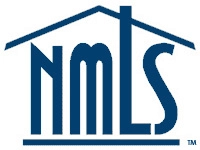Cash-Out Refinance – How It Works
A cash-out refinance replaces your existing mortgage with a new, larger loan, paying you in cash the difference between the amount borrowed and what you owe on the home. The new loan can typically included all closing cost and prepaid taxes and insurance ( tax and insurance collection in order to establish a new escrow account)
Whenever you refinance, you’re starting over with a new mortgage that has new terms. Refinancing can be used to get a new interest rate, change the term of the mortgage or to add or remove a borrower. Any of those goals can be accomplished without changing the new amount.
In contrast, with a cash-out refinance, you’re getting a new loan that’s for more than you owe on your current mortgage. The difference between your new loan amount and what’s owed is where you get the “cash in your pocket.” How much cash depends upon your home equity (this is calculated by how much your home is worth compared to how much you owe).
Say your home is valued at $400,000 and your mortgage balance is $200,000, giving you $200,000 of equity in your home. You could refinance up to 80% of your home’s value. So your potential new loan of $320,000 could pay off the $200,000 loan balance and you could receive $120,000 in cash at closing.
Because how much you can borrow with a cash-out refinance depends on your home equity, your lender will require an appraisal (in most cases) to assess your home’s current value. If home prices have risen in your area, your property may be worth more than the price you paid, increasing the amount you could take out using a new loan.
– Information provided by Nerd Wallet:














